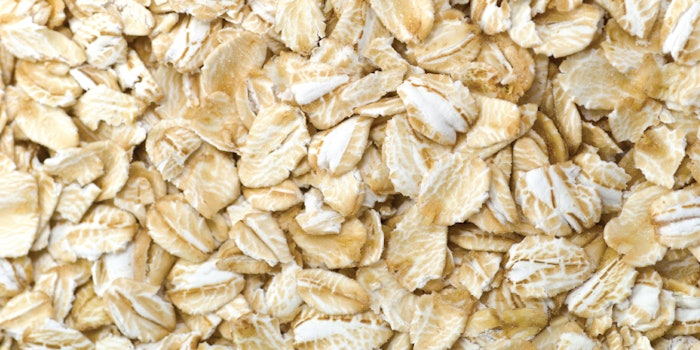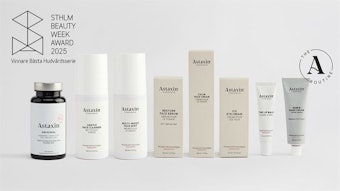
Children around the world are well-versed in the benevolence of oats, as this popular breakfast food is praised by caregivers for their nutritional benefits early in life. According to a report by Future Market Insights, the oats market is projected to reach U.S. $10.8 billion by 2032, driven in part by the abundance of nutrients in oats accompanied with the rising health consciousness of consumers. The firm adds that apart from consumption, oats contribute equally well for maintaining hair and skin health.1
Oats were discovered early in history as well. Archaeological digs show that oats were consumed by humans before there was evidence of their domestication, according to Oldways Whole Grains Council. In Italy, traces of wild oats were found on a pestle-like tool in a Paleolithic hunter-gatherer cave some 32,000 years ago. Further East, in the Jordan valley, more than 120,000 wild red oat seeds were found at an 11,000-year-old Neolithic Era archaeological site.2 Additional records trace grains to Egypt’s 12th Dynasty around 2000 B.C., although the Chinese may have known and used oats earlier.3
While there are many wild oat species, only four have reportedly been cultivated for today’s use: Avena sativa is available at supermarkets; Avena byzantina and Avena strigosa are for animal feed; and Avena abyssinica is semi-domesticated and exclusive to Ethiopia.2 Notably, the bulk of the world’s oats is used to feed livestock. In fact, several sources report that oats are only used for human consumption when other more palatable cereals are not available. They are ground into oatmeal or rolled oats and consumed as oatcakes or porridge, especially in Scotland, Wales, the Scandinavian countries and Newfoundland, and Canada, where the climate is too harsh for wheat to mature.4 According to the Oldways Whole Grains Council, the popularity of oats grew when the Romans introduced them to the British Isles—especially Scotland, where the plants flourished.2
Oats arrived in North and South America in the 17th century and were used primarily as animal feed.2 Today, Russia, Canada, Poland, Finland and Australia are reported as the top five oat producers.5
Related: The Oat Approach
Reported Health Benefits
Oats contain high levels of protein and healthy fats and are reported to help lower bad cholesterol, control blood pressure and prevent heart disease.2, 6 They also contain beta-glucan (-glucan), a soluble fiber not found in most other grains, which has been shown to suppress appetite and promote gut health.2
Oats also are said to prevent gallstones, colon cancer and stomach cancer, and are used for diabetes and digestion problems including irritable bowel syndrome (IBS), diverticulosis, inflammatory bowel disease (IBD), diarrhea and constipation. Additionally, they have been used to improve everything from joint pain (rheumatism), fatigue, withdrawal from nicotine and narcotics, high uric acid levels that can cause gout, weak bladder and kidney ailments, to connective tissue disorders, skin diseases and fat redistribution syndrome associated with HIV treatment. Oats even have been indicated to calm anxiety, excitation and stress.6
Continue reading about the skin benefits of oat in our Digital Magazine...
Rachel Grabenhofer is the managing scientific editor of Cosmetics & Toiletries, Skin Inc.’s sister brand for cosmetic chemists. She’s a member of the Skin Microbiome Council and Society of Cosmetic Chemists, and for several years, led judging panels to honor the best ingredients in cosmetics.











